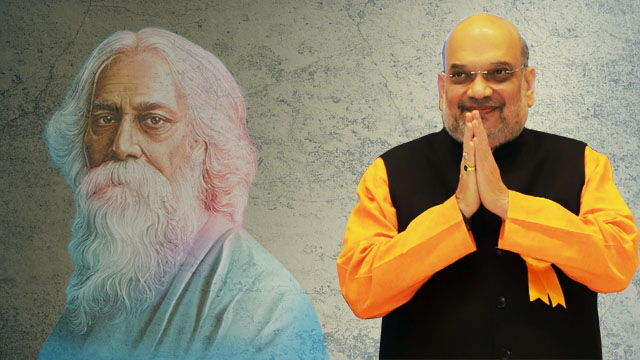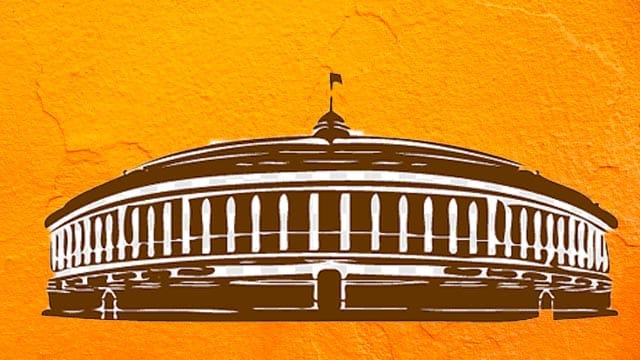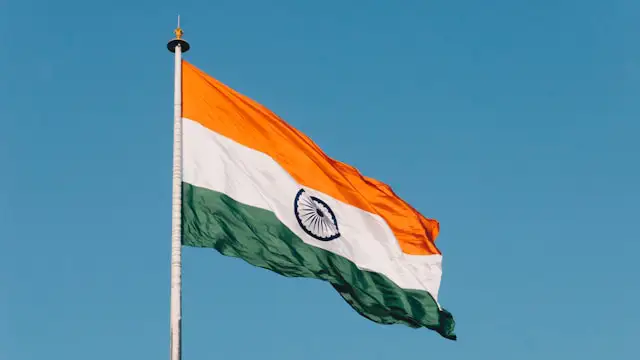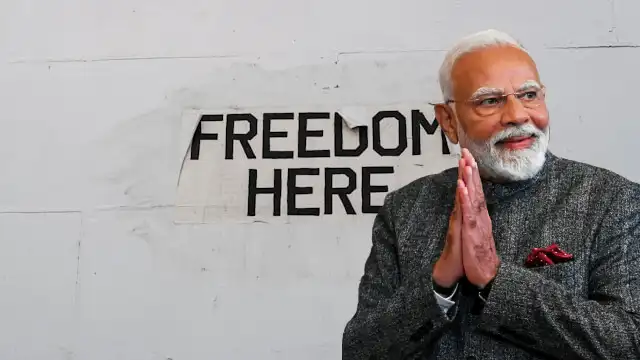Over 56.7m voters are participating in the West Bengal panchayat elections on Saturday, July 8th, under stringent security cover to elect those who will run the three-tier rural self-government. According to Census 2011, 65% of West Bengal is rural, where the three-tier panchayats, consisting of 3,342 gram panchayats (village level), 341 panchayat samitis (block level) and 22 zilla parishads (district level), help run local self-government. However, violence during panchayat elections in West Bengal has been a common ritual for decades.
In 2023, nearly 18 people lost their lives due to political violence during the canvassing for the panchayat elections. Several others suffered on the day of the election. A total of 29 people lost their lives during the panchayat elections of 2018, which was also marred in violence. The tradition of violence continues irrespective of the party at the helm.
So far, the highest death toll was recorded during the 2003 West Bengal panchayat elections in which 76 were killed. Although the Left Front led by the Communist Party of India (Marxist) [CPI(M)] was in power then, it’s reported that most of those killed belonged to the ruling party itself.
The CPI(M) had then accused the Trinamool Congress (TMC)—the ruling party at present—and its then alliance partner Bharatiya Janata Party (BJP) of the killings. Ironically, the BJP is the TMC’s principal opponent in the state and has been alleging, along with the CPI(M), that the ruling party is resorting to violence.
During the 2008 panchayat elections, the TMC had a shot in the arm as it managed to capitalise on the anti-incumbency factor against the ailing Left Front and the CPI(M). Still, 36 people were killed as the defiant CPI(M) fought hard to retain its hegemony, which was crumbling due to mass movements of the rural population, its core voter base for three decades, over the land acquisition policy of the Left Front government and the hubris of the party’s leaders.
Under Chief Minister Mamata Bandopadhyay, the first panchayat election took place in 2013, which again experienced a spike in violence. The Left Front fought against the juggernaut of the TMC, which was accused of using violence unapologetically throughout the state. Thirty-nine were killed in 2013 due to poll-related violence during panchayat elections in West Bengal.
It’s alleged by the CPI(M) and the Left Front that the 2013 panchayat elections were rigged by Bandopadhyay’s goons who wanted to seize each of the three-tier system and render the Opposition, especially those of the left, crippled. Though the CPI(M)-led Left Front managed to become a chief opponent of Bandopadhyay’s TMC in the 2013 panchayat elections, it couldn’t retain that position in 2018.
Two reasons made the 2018 panchayat elections different from the rest of the panchayat elections in the state. Firstly, for the first time in several decades, the Left Front was relegated to the third position, due to the meteoric rise of the federally ruling, far-right BJP. Secondly, the state’s political violence and feud took an overtly communal turn during these elections, which paved the way for the BJP to win 18 out of 42 seats from West Bengal during the 2019 Lok Sabha elections.
With the number of deaths caused by poll-related violence during panchayat elections in West Bengal rising by the hour, the celebration of a democratic process with blood and bullets raises questions about the success of the three-tier panchayat programme, which was a step taken by the Left Front government to democratise the rural governance process, curb the influence of feudal forces in local administration and developing self-government models at the grassroots.
While the panchayats have ended the dominance of the feudal “lawn administration” culture, wherein the lawns of the feudal landlords were the headquarters of rural governance, it gave rise to a new class of usurers in rural West Bengal, who aren’t dependent on agriculture for their livelihood and use the opportunity to manage the funds of the panchayats to build a fortune.
Although the Union government has plugged several gaps in the funds flowing to the panchayats by implementing a strict direct-to-beneficiary fund-transfer and allocation programme, the panchayats are still accused of abetting corruption, syphoning public money off and promoting nepotism.
Unless some serious reform work is undertaken to redesign the functioning of the three-tier panchayat system and put checks and balances to ensure a curb on corruption, they will remain a lucrative career bait for aspiring rural usurers, resulting in massive violence over such elections.
It’s upon the state government to undertake a thorough reform of the panchayat system, however, it’s the people’s collective resolution and opposition to bloodshed, which is required to resist and end the spree of violence during panchayat elections in West Bengal.
The editorial board of East Post is responsible for the columns published in the Editorial section. This column expresses the organisation's views.





